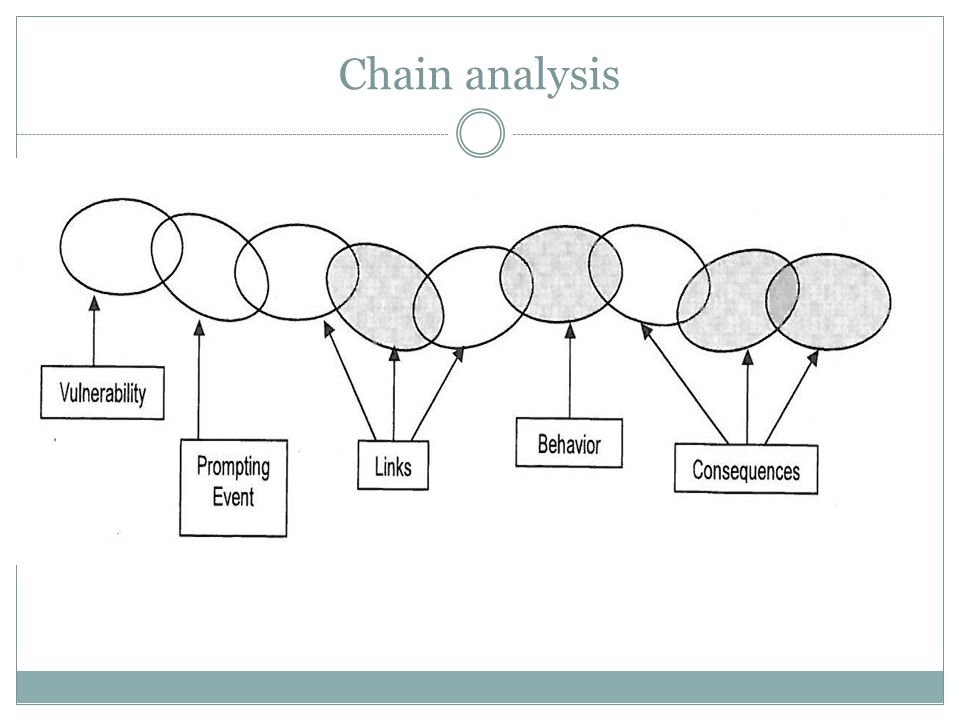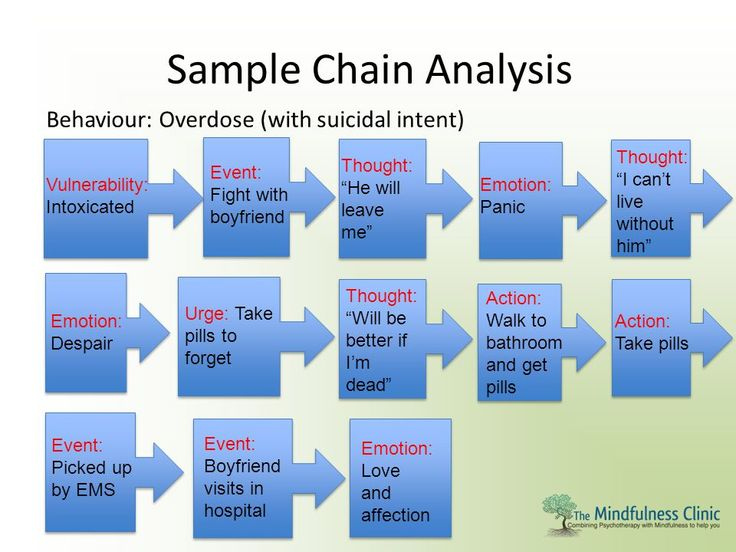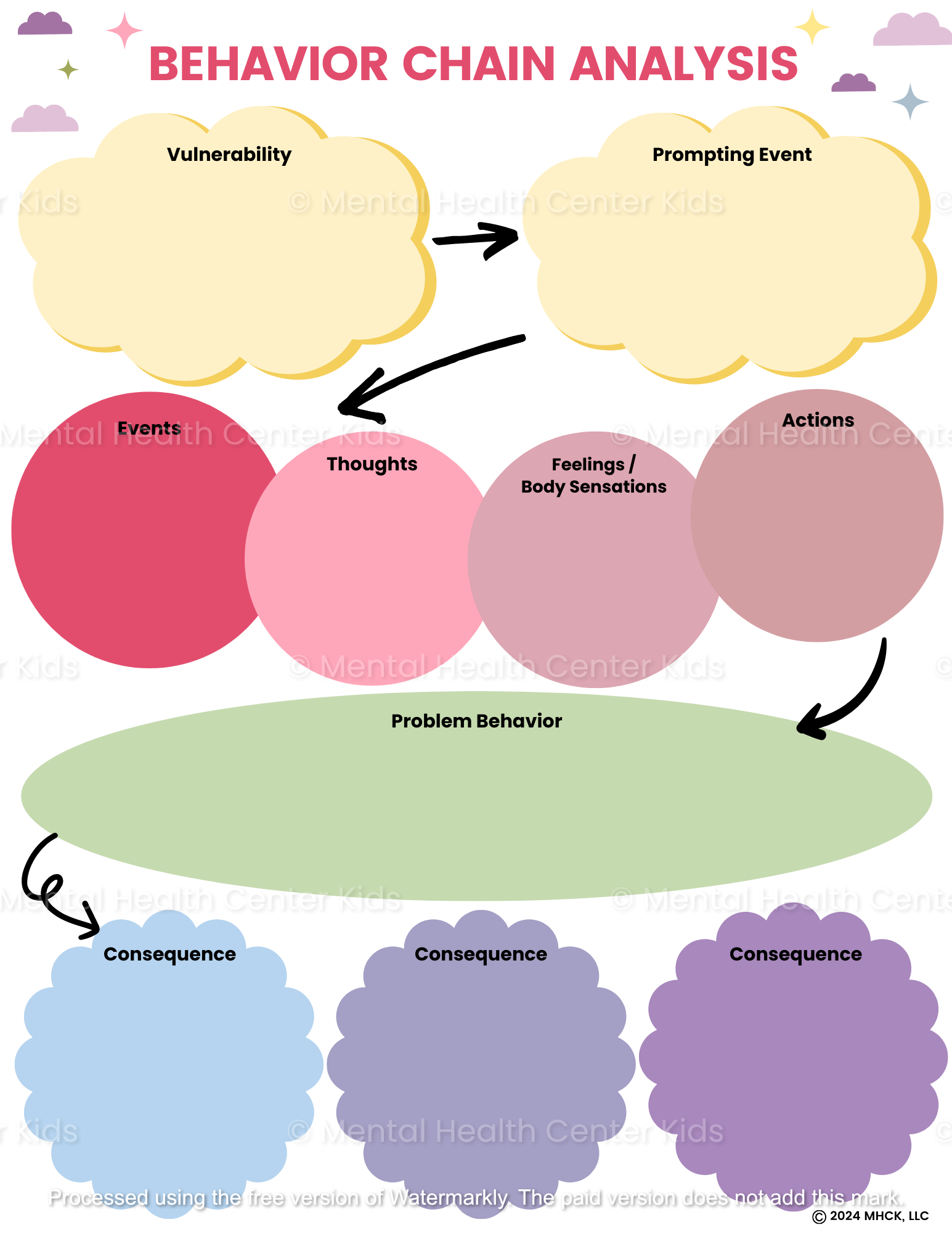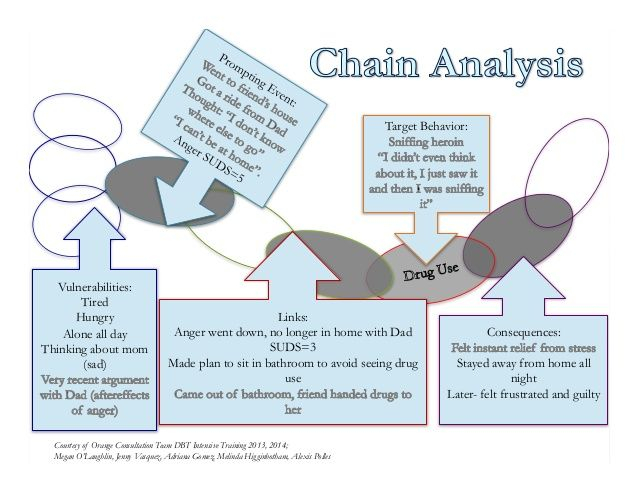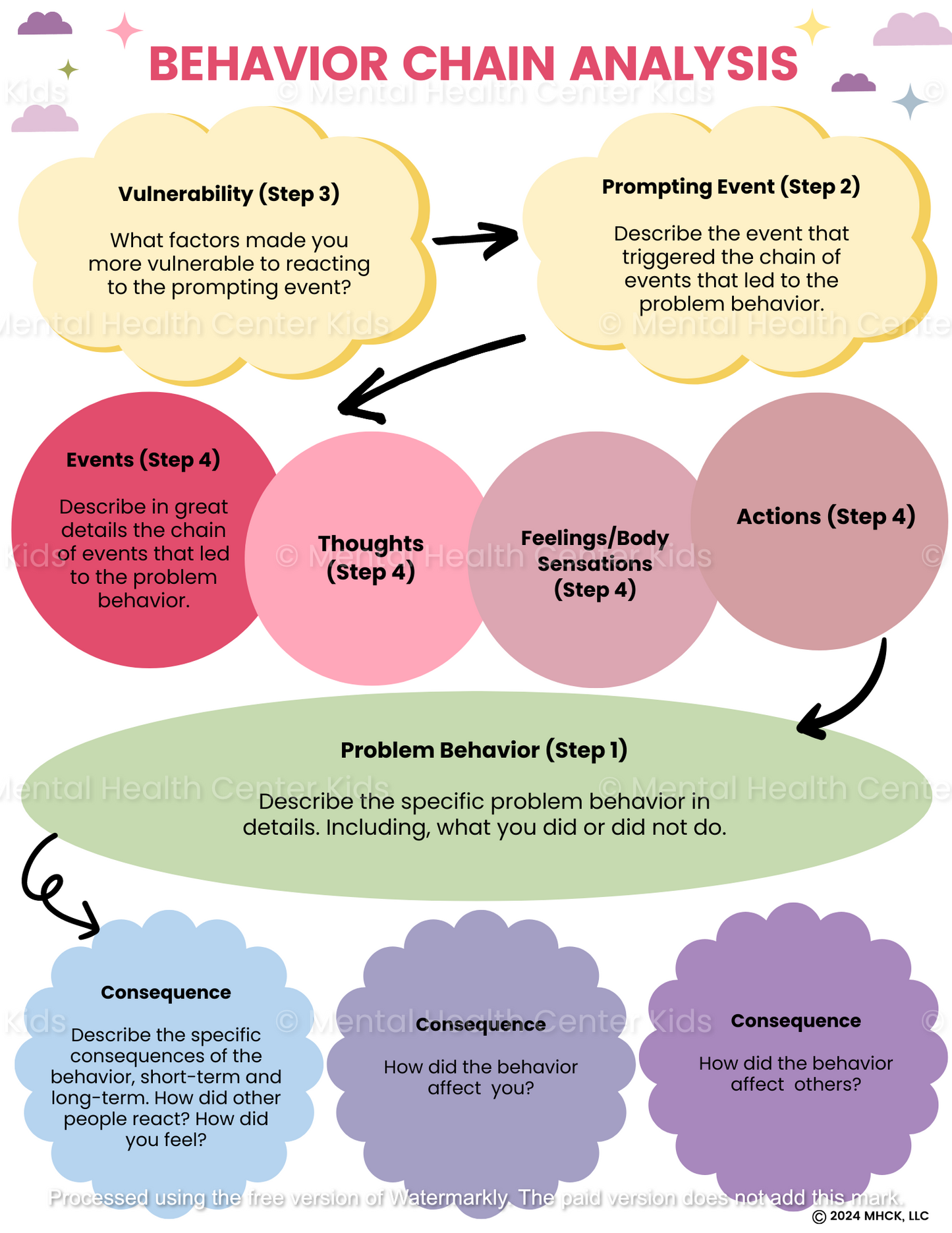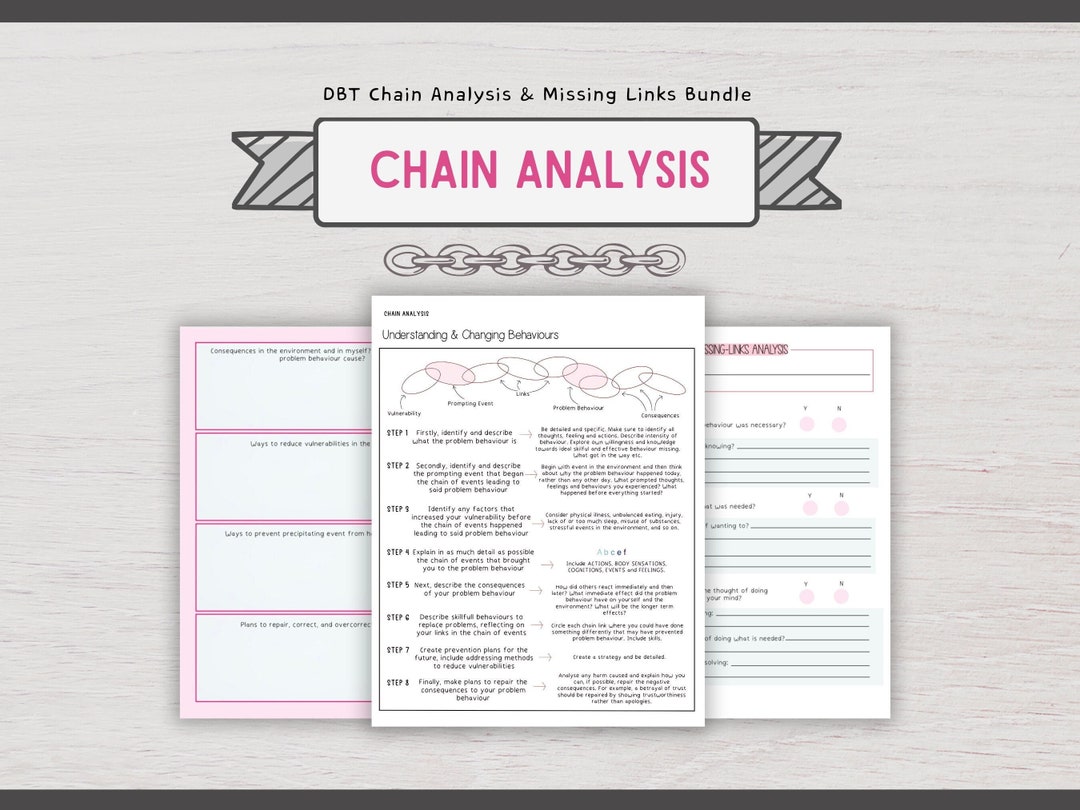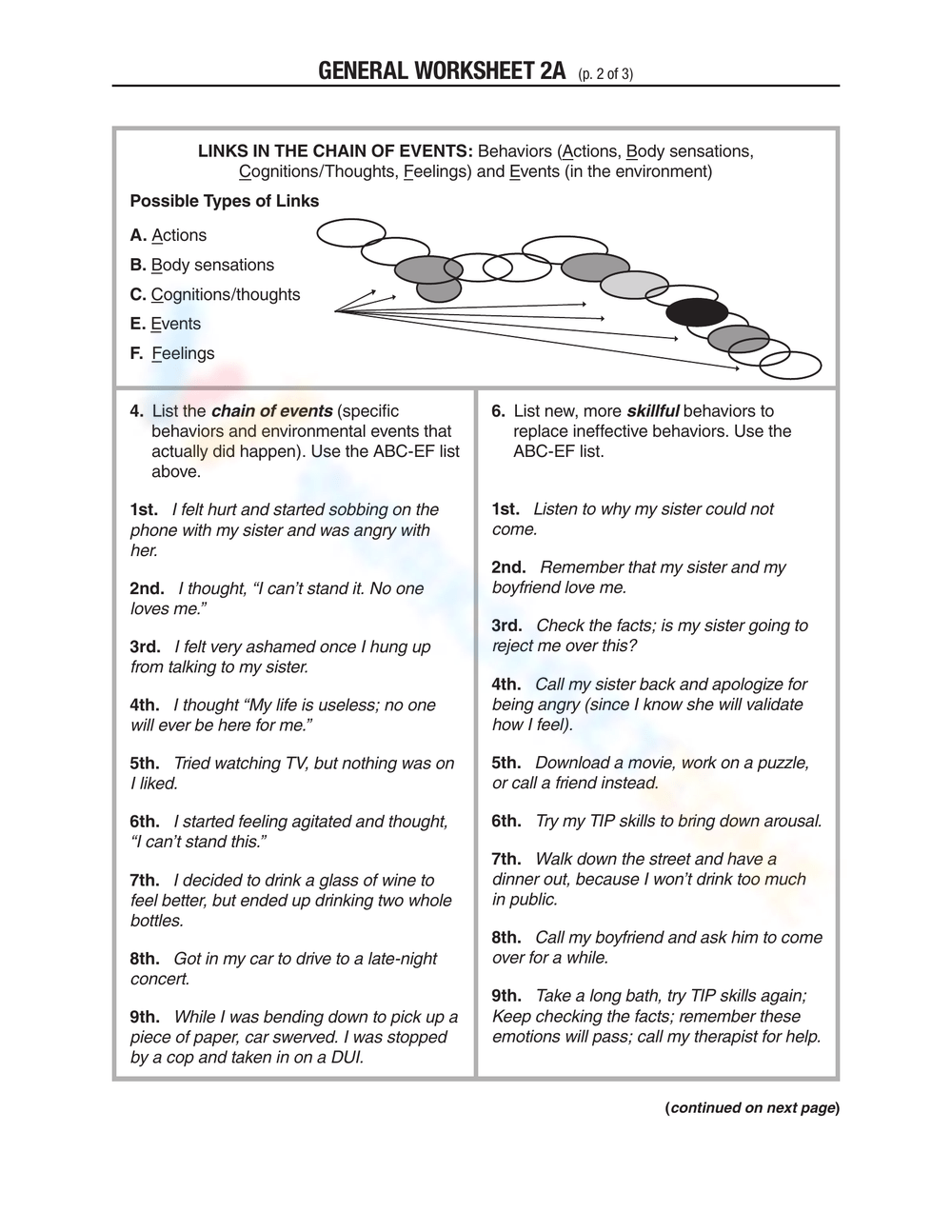When Problem Behaviors Occur In A Predictable Chain
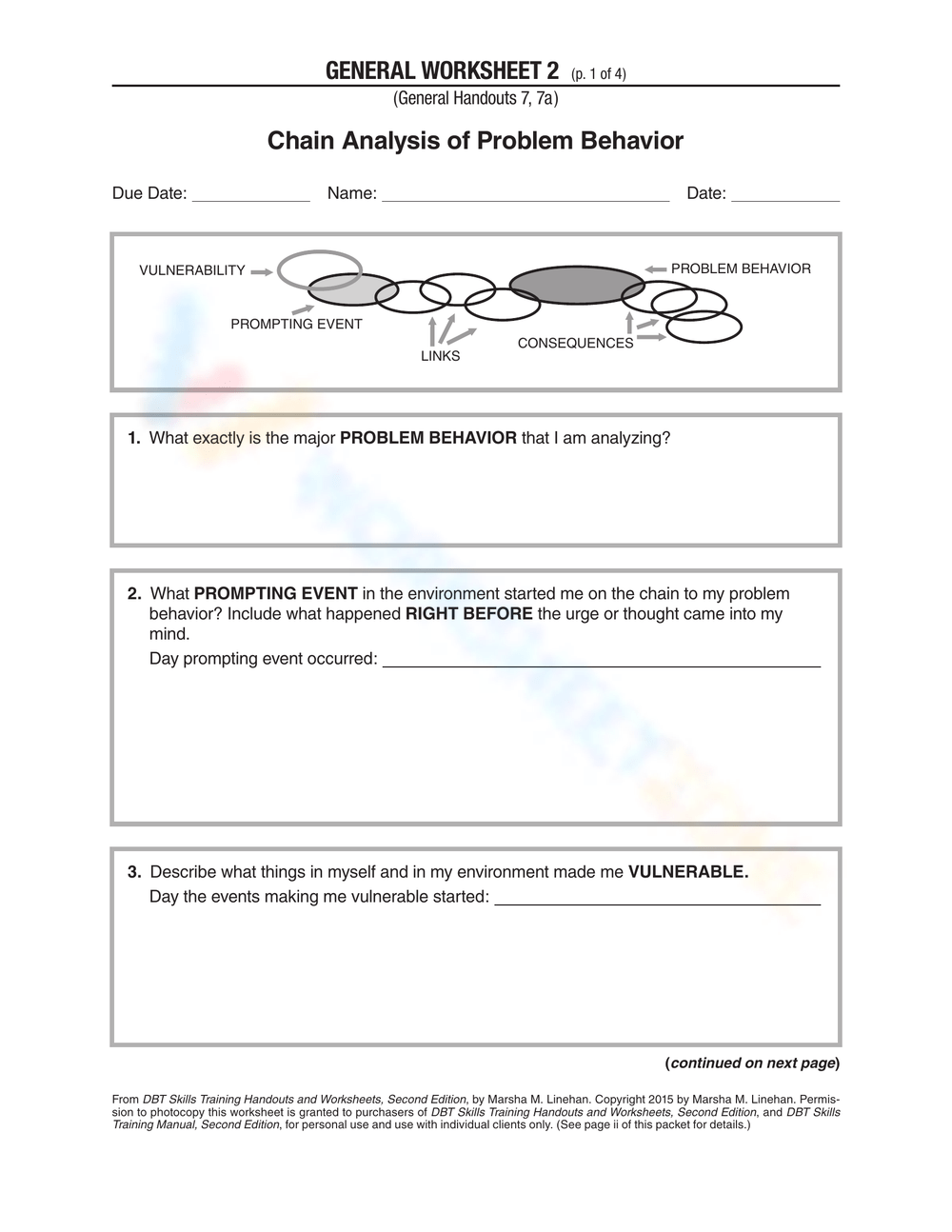
Imagine a classroom, buzzing with the low hum of anticipation. But instead of eager faces, a subtle shift begins. A student, let's call him Alex, fidgets, his gaze darting around the room. A barely audible sigh escapes his lips, followed by a restless tapping of his foot – a prelude to a behavioral storm, familiar to both him and his teacher.
At the heart of many challenging behaviors in children and adults lies a critical, often overlooked element: predictability. This article delves into the phenomenon of behavioral chains – sequences where one behavior triggers another, creating a pathway that leads to a predictable, and often undesirable, outcome.
Understanding these chains is paramount for parents, educators, and therapists seeking effective intervention strategies.
The Anatomy of a Behavioral Chain
A behavioral chain is essentially a series of linked actions, each serving as a cue for the next. Think of it like dominoes: one falls, triggering the next, until the entire sequence collapses. In the context of behavior, these "dominoes" are individual actions or even thoughts and feelings.
These chains can be short and simple or complex and multifaceted, involving a combination of internal and external stimuli. The key is recognizing the pattern.
For instance, the scenario with Alex in the classroom illustrates a possible chain: anxiety about an upcoming assignment (internal stimuli) leads to fidgeting, followed by sighing, then tapping (external behaviors), potentially escalating to disruptive outbursts.
Identifying the Trigger
The first, and perhaps most crucial, step in addressing behavioral chains is identifying the initial trigger. This requires careful observation and, when possible, open communication with the individual experiencing the behavior.
Triggers can be anything: a specific time of day, a particular environment, a request, a feeling of frustration, or even a certain person. Sometimes, the trigger is subtle and easily missed.
According to the Center for Effective Collaboration and Practice, antecedents, or triggers, are "events that occur before a behavior and set the stage for it to happen."
The Power of Awareness
Once the trigger is identified, the next step is to increase awareness, both for the individual and those around them. This means learning to recognize the early warning signs of the chain reaction.
For Alex, this might involve learning to identify the feeling of anxiety creeping in and recognizing the urge to fidget. His teacher, in turn, could learn to recognize these early signs and proactively offer support or a brief break.
Self-awareness is often cited as the cornerstone of behavior change. A study published in the Journal of Applied Behavior Analysis highlighted the effectiveness of self-monitoring techniques in reducing problem behaviors in children with autism spectrum disorder.
Breaking the Chain: Intervention Strategies
The goal isn't necessarily to eliminate all behaviors in the chain, but rather to interrupt the sequence before it escalates to problematic levels. This can be achieved through a variety of intervention strategies, tailored to the specific chain and the individual's needs.
One common approach is antecedent control, which involves modifying the environment or situation to prevent the trigger from occurring in the first place. For example, if a child consistently becomes agitated during long car rides, breaking up the trip with frequent stops or providing engaging activities could mitigate the trigger.
Another strategy is to teach replacement behaviors. This involves identifying an alternative, more appropriate behavior that can be used in place of the problematic one.
Replacement Behaviors in Action
For Alex, a replacement behavior for fidgeting might be squeezing a stress ball or engaging in a quick breathing exercise when he feels anxious. The key is to find an alternative that is both acceptable and effective in managing the underlying feeling.
Cognitive Behavioral Therapy (CBT) techniques can also be highly effective in breaking behavioral chains. CBT helps individuals identify and challenge negative thought patterns that contribute to the problematic behaviors.
According to the American Psychological Association, CBT is "a form of psychotherapy that emphasizes the important role of thinking in how we feel and what we do."
The Importance of Positive Reinforcement
Throughout the intervention process, it's crucial to focus on positive reinforcement. When the individual successfully interrupts the chain or engages in a replacement behavior, provide praise, rewards, or other forms of positive feedback. This reinforces the desired behavior and increases the likelihood that it will be repeated in the future.
The power of positive reinforcement should not be underestimated. Recognizing and celebrating small victories can make a significant difference in motivation and progress.
For instance, a teacher might praise Alex for using his breathing exercises when he feels anxious, even if he still struggles with fidgeting at times. This encouragement helps him build confidence and reinforces the desired behavior.
Real-World Examples and Success Stories
The principles of behavioral chain analysis and intervention have been successfully applied in a wide range of settings, from classrooms and homes to workplaces and therapeutic environments. Numerous studies document the effectiveness of these strategies in addressing issues such as anger management, anxiety disorders, and substance abuse.
Consider a scenario involving a teenager struggling with anger management. Through careful observation, therapists identified a chain: frustration with homework (trigger) leading to pacing, then clenching fists, followed by verbal outbursts. By teaching the teen relaxation techniques to use when feeling frustrated and providing alternative ways to express his feelings, they were able to successfully interrupt the chain and reduce the frequency and intensity of his anger outbursts.
Another example involves a child with obsessive-compulsive disorder (OCD) who engages in repetitive hand-washing rituals. By identifying the thoughts and feelings that trigger the ritual and teaching the child coping mechanisms to manage those thoughts and feelings, therapists can help them break the chain of compulsive behavior.
Beyond Intervention: Prevention and Proactive Strategies
While intervention is crucial for addressing existing behavioral chains, prevention is equally important. By creating supportive and predictable environments, we can reduce the likelihood of these chains forming in the first place.
This involves providing clear expectations, consistent routines, and opportunities for individuals to develop coping skills and problem-solving abilities. It also means fostering a culture of empathy and understanding, where individuals feel safe and supported in expressing their needs and emotions.
Ultimately, understanding and addressing behavioral chains is about empowering individuals to take control of their behavior and create positive change in their lives. It's a process that requires patience, persistence, and a commitment to understanding the underlying causes of behavior.
By recognizing the triggers, increasing awareness, and implementing effective intervention strategies, we can help individuals break free from these chains and create a brighter, more fulfilling future.
As we understand the intricacies of human behavior, remember that change is possible with the right support and knowledge. The journey may be challenging, but the destination – a life of increased self-awareness and positive control – is well worth the effort.


